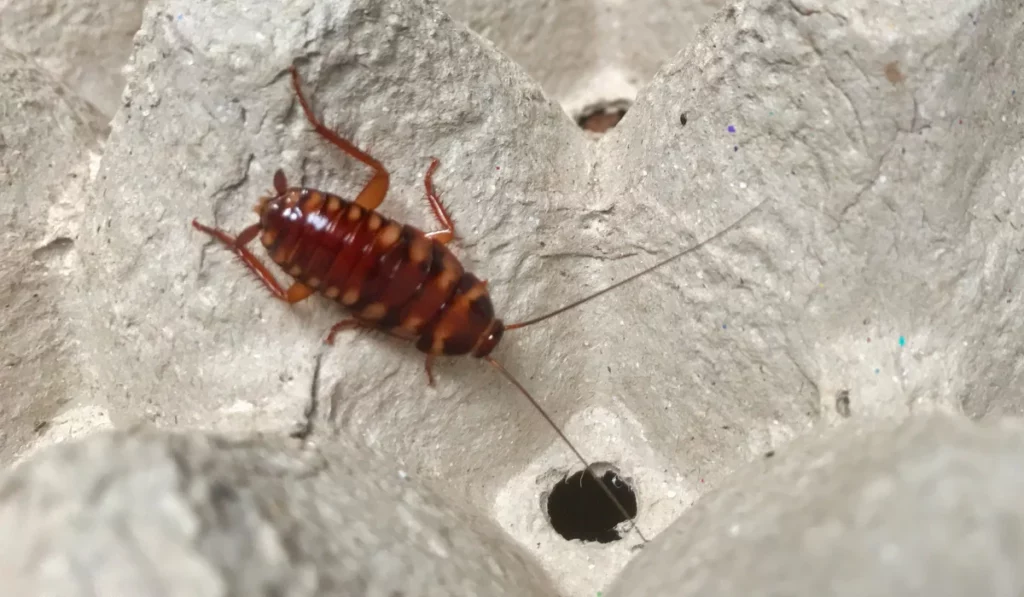San Diego’s pleasant weather is a paradise not just for us but also for fleas. Flea activity spikes from spring through fall, fueled by our city’s warm and moist conditions. But don’t worry, with proactive strategies, victory over fleas is within reach.
Embrace effective flea prevention home techniques and consistently use veterinarian-recommended products to enjoy San Diego’s beauty minus the flea trouble.
Key Takeaways
- In San Diego, flea season peaks from spring to fall due to warm, humid weather, though fleas remain active year-round, given the mild climate.
- The area hosts several flea species, including the cat and dog flea, which can affect you and your pets.
- Effective flea control requires knowledge of the life cycle stages, from adult fleas laying eggs to emerging new adults.
- Regular veterinary care, effective flea prevention methods, and maintaining a clean home and environment are crucial for keeping pets and San Diego homes flea-free.
– – –
Get flea control in Sacramento County or San Diego County
Flea infestations will not go away on their own
Contact Us Now To Get Rid Of Them
– – –
Understanding Flea Season in San Diego
Flea season in San Diego typically spans from the warm spring months to early fall. With the region’s generally mild climate, fleas can remain active year-round.
Factors That Impact Flea Activity
- Weather: Fleas thrive in warm, humid environments. San Diego’s weather is conducive to fleas being active year-round.
- Temperature: Fleas are most active when temperatures are between 65°F and 80°F. In Southern California, such temperatures are commonplace in the coastal zones.
- Climate: The mild, temperate climate of San Diego does not experience the extreme cold that typically suppresses flea populations, potentially leading to extended flea and tick seasons.
While traditional flea season peaks during the warmer months, you should remain vigilant against fleas even during the winter.
Flea Life Cycle
To effectively prevent and control flea infestations in San Diego, it’s crucial to understand the stages of the flea life cycle. Here’s a breakdown:
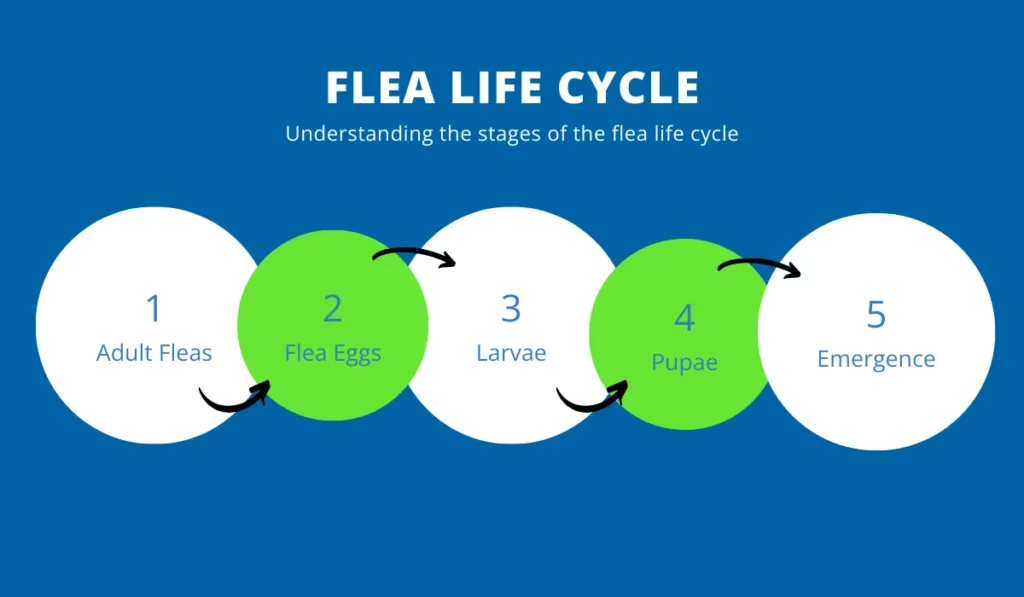
- Adult Fleas: The cycle begins with adult fleas, which feed on blood before laying eggs on their host.
- Flea Eggs: These eggs are laid on the host but often fall off into the surrounding environment.
- Larvae: The eggs hatch into larvae, which feed on organic debris in their surroundings.
- Pupae: Larvae then spin silk-like cocoons, entering the pupae stage and developing into adult fleas.
- Emergence: Given the right conditions, new adult fleas emerge from the cocoons, ready to find a host and start the cycle anew.
Impact on Pets and Humans
San Diego’s flea season notably affects both pets and their owners. Here are ways fleas can impact you and your pets:
- Fleas can transmit diseases. While rare, they can carry pathogens infecting you and your pets.
- Potential for tapeworms. Pets can ingest fleas that carry tapeworm larvae, leading to tapeworm infections.
- Mental stress. Pets may become anxious and stressed due to constant flea bites and itching.
Health Risks of Flea Infestations
Flea infestations do not only pose significant health risks to your pets, but they also put you at risk.
Diseases Transmitted by Fleas and Ticks
Besides triggering allergic reactions and bites, these tiny, wingless pests here are other diseases and conditions, according to the Centers for Disease Control and Prevention (CDC).
| Disease | Brief Description |
| Lyme Disease | Transmitted by ticks. It can lead to severe symptoms like arthritis and neurological problems if untreated. |
| Tapeworm | Intestinal parasites can be transmitted to humans and animals upon ingesting infected fleas. |
| Anemia | Due to blood loss, heavy flea infestations can cause anemia, especially in young or small animals. |
Managing Your Home and Environment Against Fleas
Keeping your home clean and your yard well-maintained is crucial to preventing a flea infestation in San Diego County.
| Indoor Control | Outdoor Maintenance |
| Vacuum carpets, furniture, and pet bedding frequently to remove flea eggs and larvae. | Maintain the yard by mowing the lawn regularly to avoid tall grass where fleas can thrive. |
| Apply flea sprays and powders to target adult fleas, especially in hidden corners and under furniture. | Keep the kennel and patio areas clean, using a pressure washer to disrupt potential flea environments. |
– – –
Get flea control in Sacramento County or San Diego County
Flea infestations will not go away on their own
Contact Us Now To Get Rid Of Them
– – –
When to Call a Professional
In San Diego County, tackling a flea problem can sometimes require professional intervention. Recognizing when DIY methods fall short is vital.
Here are signs indicating it’s time to seek the expertise and accessibility of a professional pest control company:
- Multiple Pet Infestations: Professionals can offer more effective solutions when multiple pets repeatedly exhibit fleas despite home treatments.
- Persistent Presence: If fleas endure after several home treatments, this tenacity signals a need for more powerful pest control tactics.
- Severe Home Infestation: Sightings of fleas on furniture, carpets, or around the house can signify a deep-set problem that demands expert attention.
 1st pest control service just $49. Must schedule service online.
1st pest control service just $49. Must schedule service online.

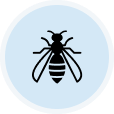
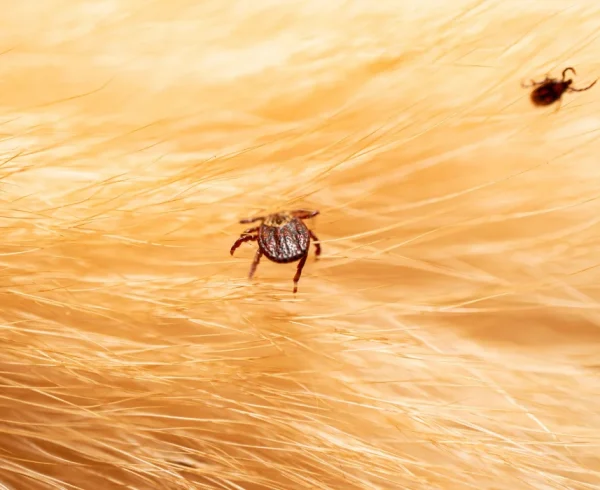
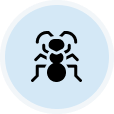
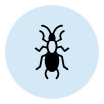

 You’re supporting a small, local business
You’re supporting a small, local business

